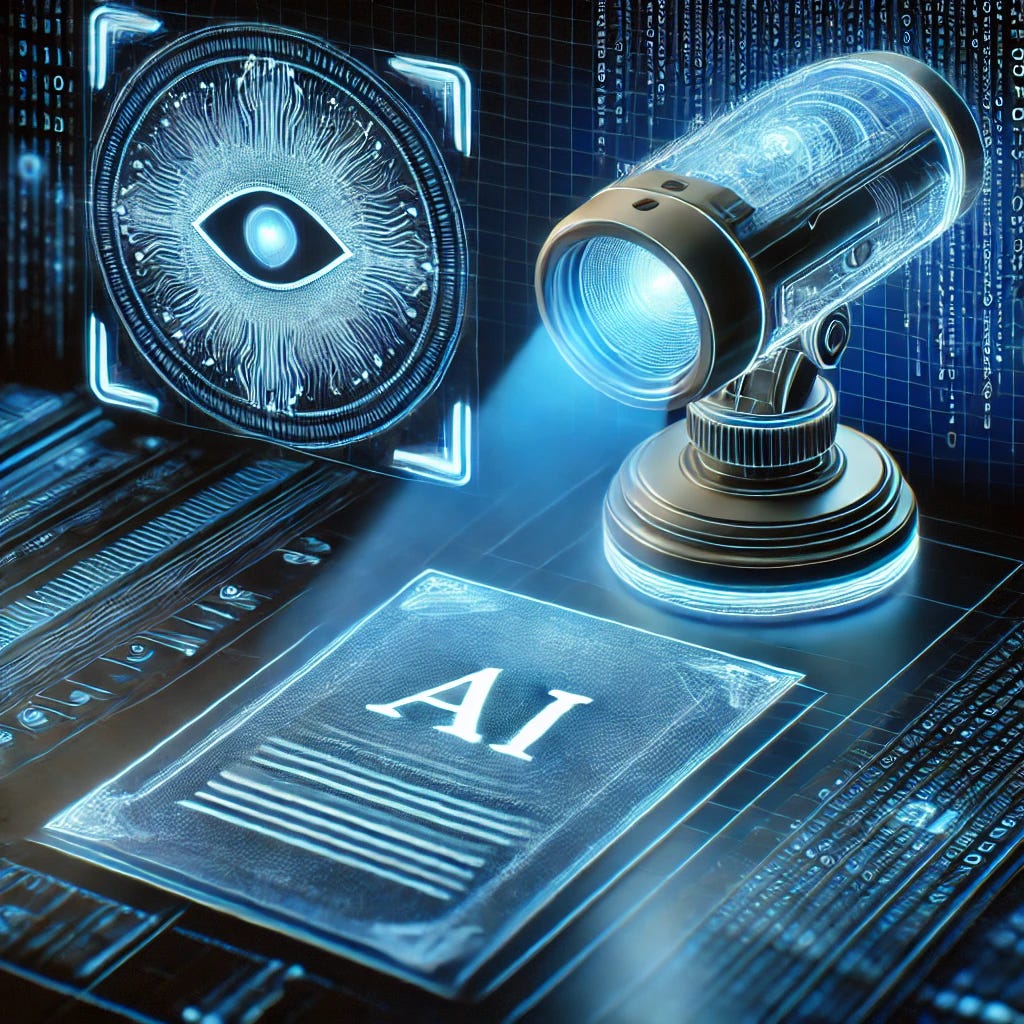
However, it has also raised new challenges, particularly in verifying whether content is genuinely human-made or generated by machines. This is where the detector de IA comes in—a tool specifically designed to identify AI-generated text, images, or other forms of content.
In this article, we will explore what a detector de IA is, how it works, why it matters, and its role in different industries today.
What Is a Detector de IA?
While the term comes from Spanish, it has gained global recognition in the tech community. Whether you are reading articles, reviewing reports, or grading essays, a detector de IA can help you verify the origin of the material.
These detectors use advanced algorithms and machine learning models to identify patterns that AI often leaves behind—patterns in sentence structure, tone, and vocabulary that might not be obvious to the human eye.
How Does a Detector de IA Work?
The working process of a detector de IA generally involves several steps:
- Content Input – The text, image, or file is uploaded or pasted into the detection system.
- Pattern Analysis – The system evaluates factors such as sentence complexity, word frequency, and stylistic consistency. AI often writes with a certain rhythm and uniformity that is less common in human writing.
Some advanced versions of a detector de IA can also spot “watermarks” hidden in AI-generated outputs—an emerging method for improving detection accuracy.
Why a Detector de IA Is Important
The rise of AI-generated content affects many industries, and a detector de IA is becoming a vital tool for maintaining trust and integrity.
- Education – Schools and universities are increasingly concerned about students submitting AI-written essays.
- Journalism and Publishing – Editors can verify if submitted articles were genuinely written by journalists or generated by AI, protecting credibility.
- Business and Marketing – Brands often need authentic, human-driven copywriting. A detector de IA ensures marketing materials meet that requirement.
- Legal and Compliance – In legal contexts, accuracy and originality are critical. A detector de IA can help confirm content authenticity.
Common Limitations of a Detector de IA
Because of these limitations, experts recommend using a detector de IA as a guide rather than absolute proof. Pairing it with manual review provides a more balanced assessment.
Popular Detector de IA Tools in 2025
Several well-known tools are widely used across industries:
- GPTZero – One of the earliest detectors for identifying GPT-style outputs.
- Originality.AI – Popular with digital marketers and agencies for combined plagiarism and AI detection.
- Writer.com AI Content Detector – Integrates directly with content creation platforms.
- Turnitin AI Detection – Designed specifically for academic integrity monitoring.
Each detector de IA works differently, and results can vary between tools. For critical situations, it is wise to use multiple detectors for more reliable results.
What is a Detecteur IA?
Using advanced algorithms and machine learning, a detecteur IA analyzes patterns in writing style, structure, and vocabulary, or visual elements in media, to spot the subtle signatures left by AI models.
These tools are increasingly important in fields like education, journalism, marketing, and law, where originality and authenticity are essential. While not flawless, a détecteur IA helps maintain trust and transparency in an era where AI-generated content is becoming harder to distinguish from human work.
The Future of the Detector de IA
As AI systems like GPT-5 and other advanced models become more natural and context-aware, AI detection will become more challenging. The future detector de IA will likely use multi-layered analysis, combining linguistic, contextual, and even behavioral data to improve accuracy.
Additionally, collaboration between AI developers and detection companies could lead to built-in identifiers in AI content, making it easier for detectors to confirm authorship. However, this will also spark debates about privacy, data protection, and the ethics of AI monitoring.
Best Practices for Using a Detector de IA
If you plan to use a detector de IA regularly, consider these best practices:
- Combine AI and Human Review – Let the detector de IA provide the first signal, then assess the content manually.
- Use Results as Indicators – Treat detection outcomes as probabilities, not final judgments.
Conclusion
The detector de IA has become an essential tool in today’s digital landscape. As AI continues to grow in capability, the ability to differentiate between human and machine-generated content is more important than ever. Whether in education, media, business, or law, a detector de IA helps safeguard originality, credibility, and trust.
By using a detector de IA responsibly and pairing it with human judgment, we can navigate the future of AI with transparency and confidence.
